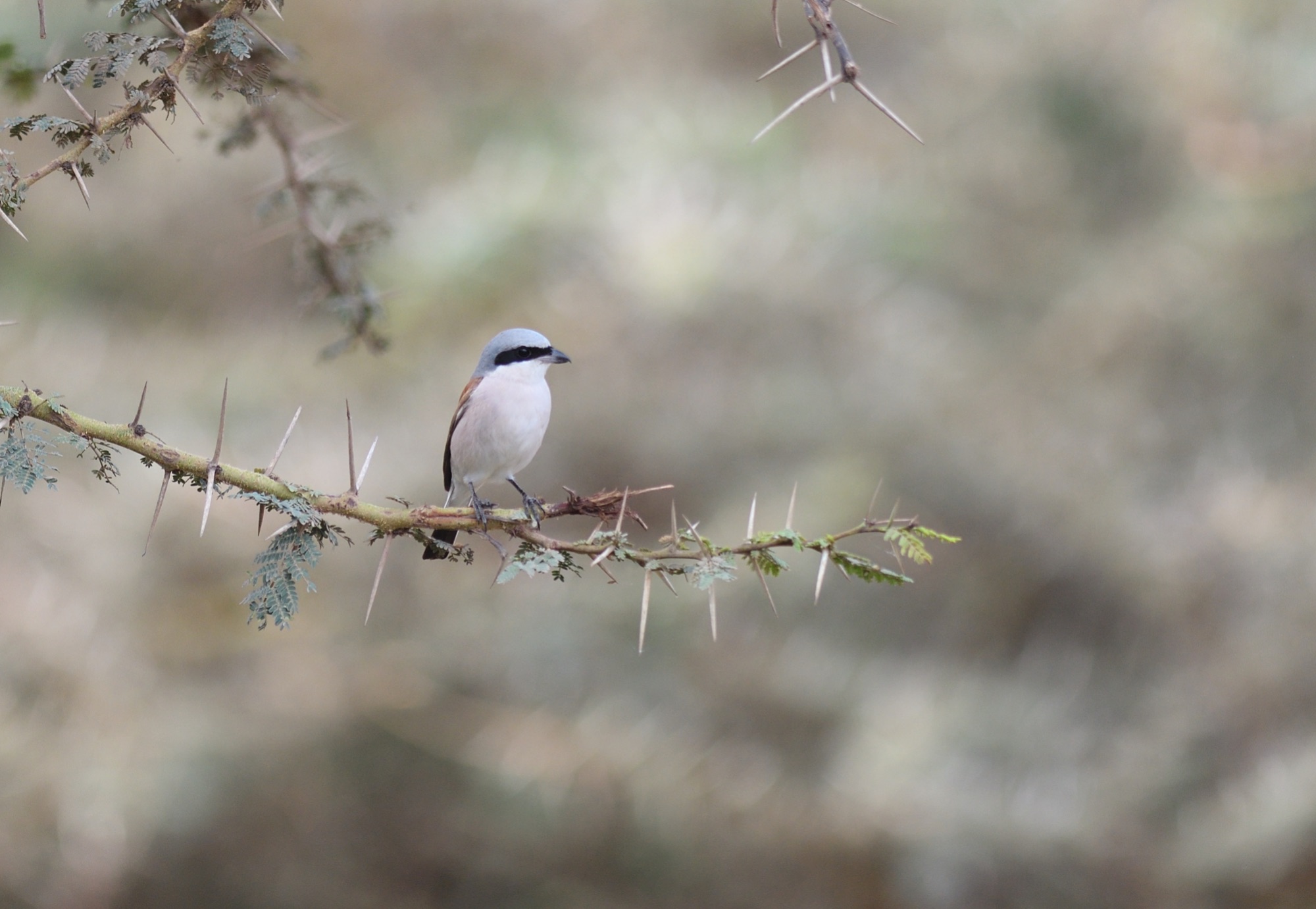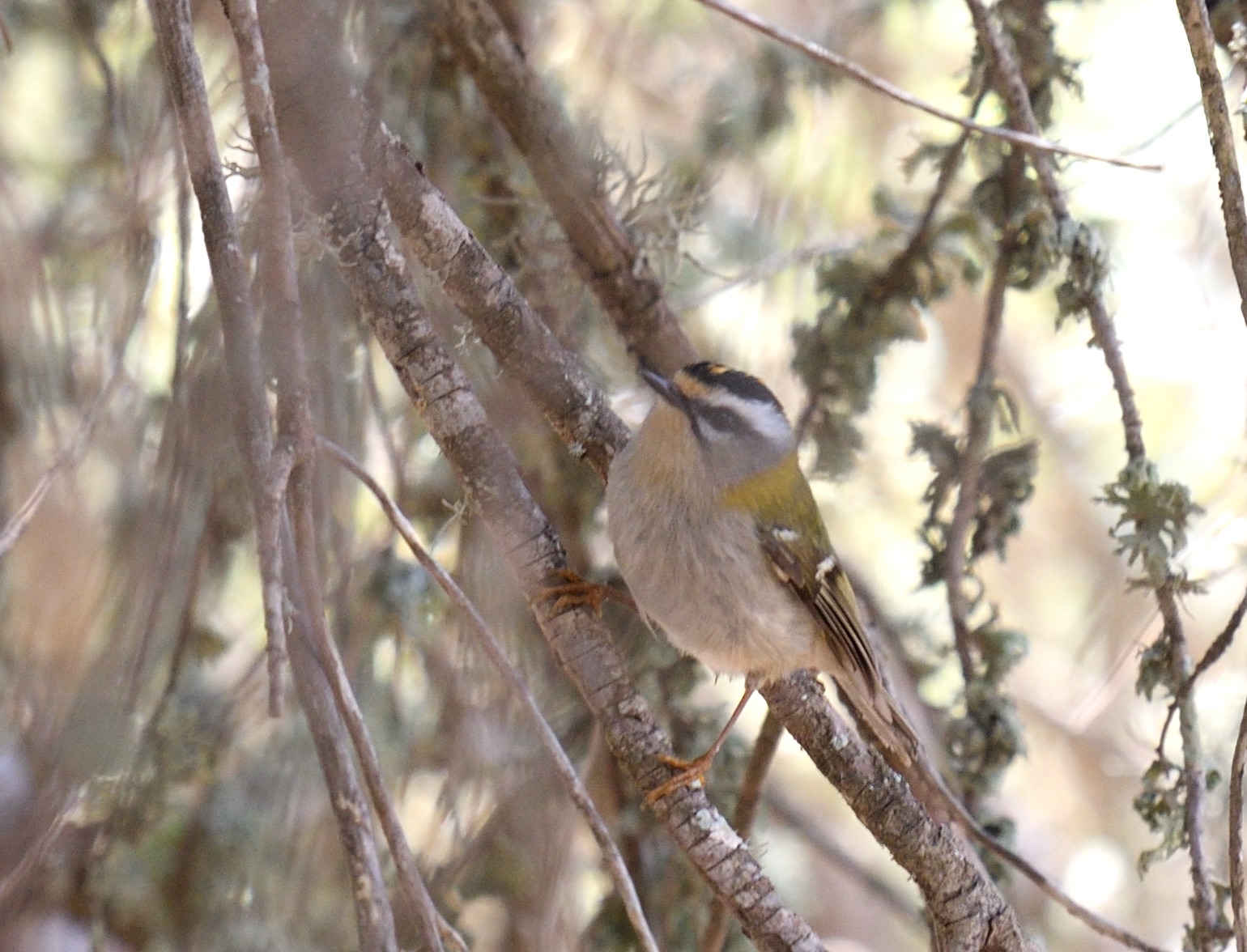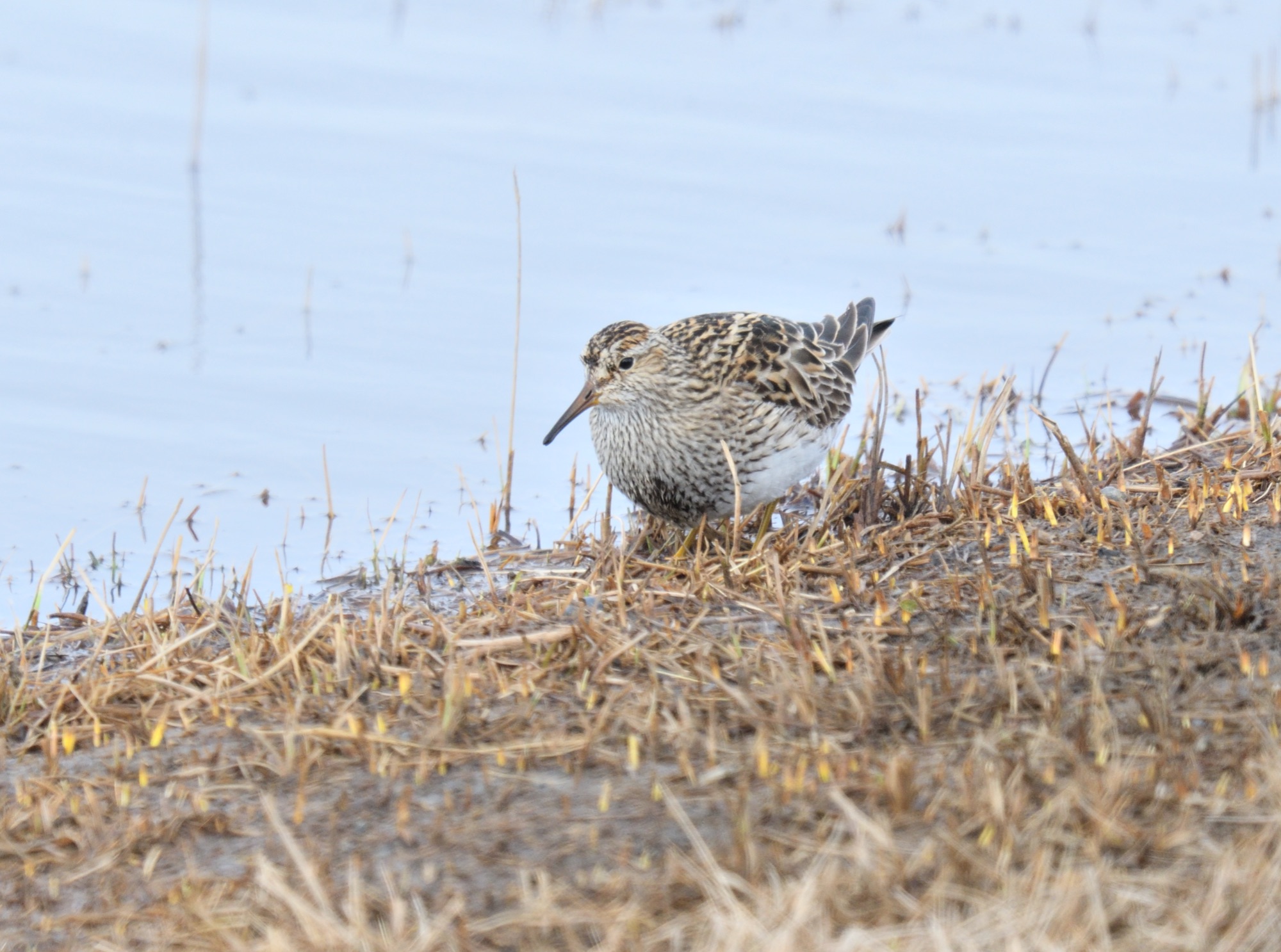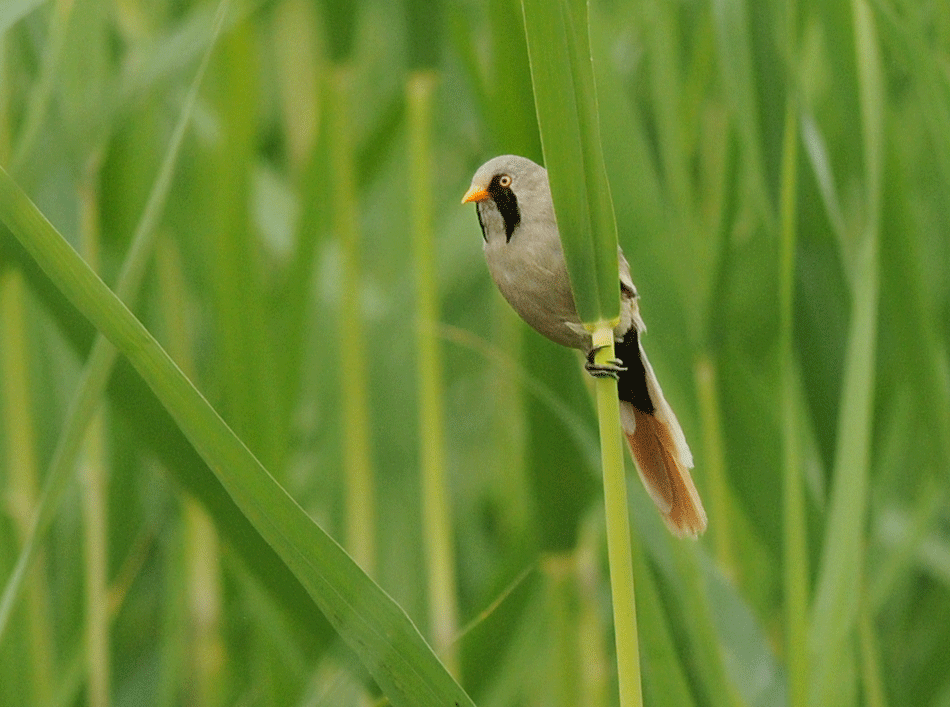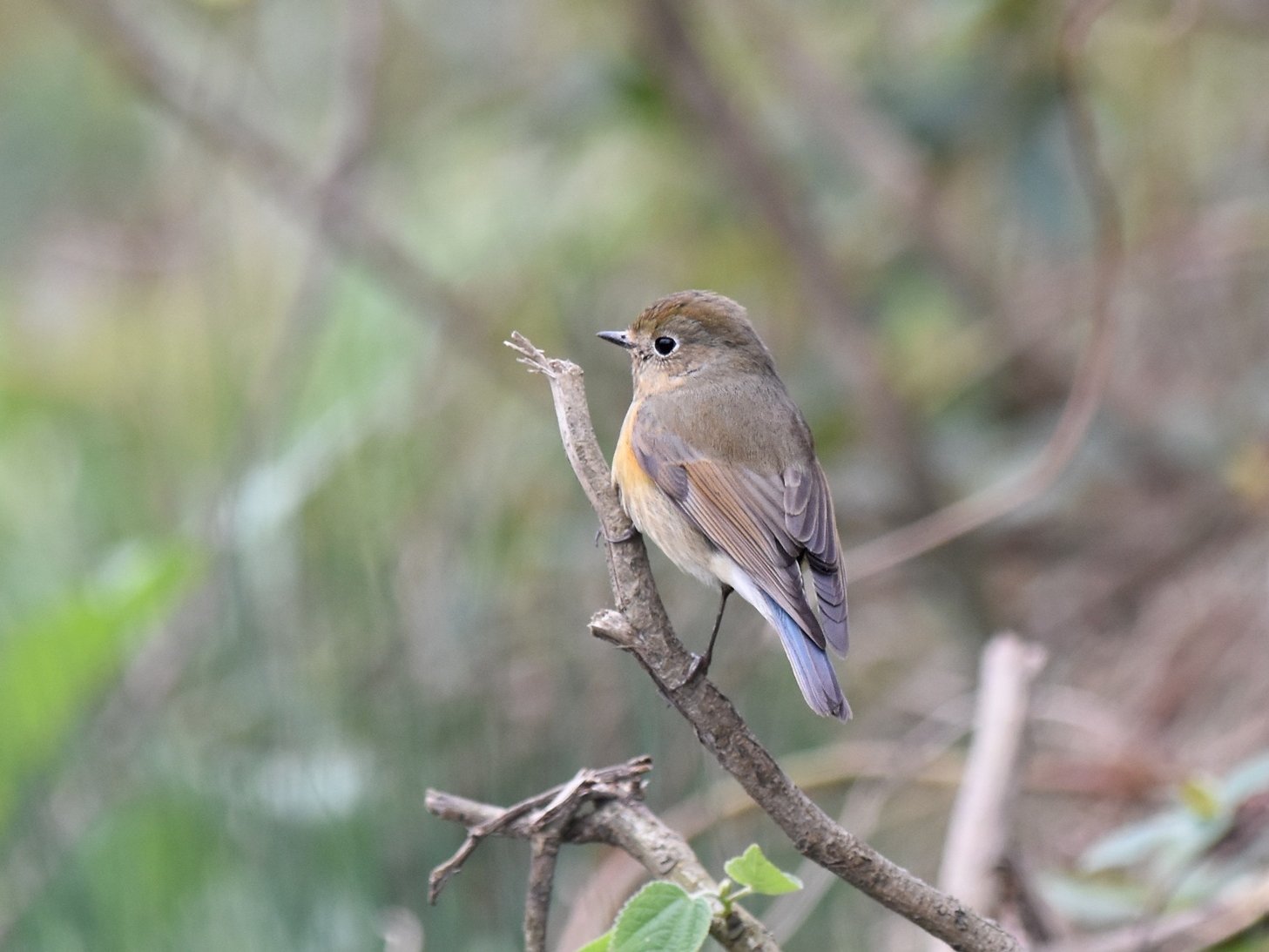NORFOLK - AUTUMN MIGRATION BLAST!
Day 1 Arrival - Saturday 19th September
Meet for lunch at our spacious accommodation, a private house located in the perfect spot to explore the Norfolk area for migrants. We have chosen a large house rather than use a hotel in order to maintain a common sense approach to the current rules around social distancing, where we are the only occupants and can maintain the sense of 'group birding' but still keeping each of us safe.
Days 2 - 7 Cley-Next-the-Sea - Titchwell - Stiffkey - Wells
Where we go during the week depends on current bird information and we will surely spend some time twitching any rarities that have been reported. However, we will spend the majority of our time trying to find rare birds ourselves, so we will visit as many of the famous bird reserves and hotspots dotted along the coast as possible. Our philosophy will be to cover each location thoroughly, taking our time working as a team to ensure we don't miss anything!
One of our favourite places it Titchwell RSPB Reserve, which has a variety of habitats
Anything can turn up here, but we are especially hoping for shorebirds. Migration will be in full swing and we can expect species such as Little Stint, Curlew Sandpiper, Ruff and Pied Avocet to be present in good numbers. Smaller numbers of Spotted Redshank, Greenshank and even a Jack Snipe can also be expected while this is a prime time for vagrants such as Pectoral or White-rumped Sandpipers. On the beach, species such as Bar- tailed Godwit, Grey Plover and Sanderling should be present. Bearded Tit, Marsh Harrier and Water Rail are resident and a passing Peregrine is likely to cause panic over the marsh. Little Egret and Eurasian Spoonbill are both regulars here, sometimes being present in good numbers. On previous tours, we have encountered Buff-breasted Sandpiper, Red-necked Phalarope, Icterine Warbler and Spotted Crake. Offshore, Terns will be passing and these in turn are likely to attract marauding skuas, searching for an easy meal. Arctic Skua is the most likely, but the three other species are also encountered, albeit in small numbers. The first returning wildfowl are present and these could include Brent Goose, Eider, Red-breasted Merganser and Common Scoter. Several species of warbler should be present in the bushes, as well as commoner woodland species.
Today, we head along the coast to the splendid reserve at Cley. Anything can and often does turn up here. Resident species that we hope to encounter include Bearded Tit, Bittern and Barn Owl. Shorebirds should also be present in good numbers with species similar to Titchwell likely to be seen. Along the fields and ditches we can expect to see migrants such as Yellow Wagtail and Whinchat. Offshore, we can expect more Skuas, terns and seabirds, whilst a Little Gull might be present. If we are very lucky a passing Sabine’s Gull or Leach’s Petrel may put in an appearance, especially if winds turn to North-westerly. Should the wind be from a westerly direction, it would not be unrealistic to expect a transatlantic shorebird such as White-rumped or Pectoral Sandpiper to be present. Whatever happens, it is likely to be an interesting day. Whilst in the area, we also pay a visit to Kelling Water Meadow, which has held Citrine Wagtail on more than one occasion, Salthouse where we may encounter an early Lapland or Snow Bunting, as well as more shorebirds.
Today we remain flexible to allow for the presence of any rare birds along the north coast. Depending on the winds, we may sea watch from the shelters on Sheringham Promenade where in strong north-westerlies a variety of seabirds may pass including such sought after species as Long-tailed Skua as well as more regular Sooty Shearwater. Alternatively we may take a boat journey out to Blakeney Point to view the Common Seals. This site also has an enviable reputation for rare migrants amongst the small plantation and sueda bushes. We make the three mile journey back by foot, checking the bushes, shingle and offshore as many very rare birds have been recorded at this site. There is a cafe at the point for those in need of refreshment. A tiring walk but almost always worth it. On previous tours we have recorded Dotterel, Red-backed Shrike, and Red-breasted Flycatcher and enjoyed an enormous fall of European Robins, Common Redstarts, Lesser Whitethroats and Willow Warblers. At some point during the tour we will take out half a day to visit Breckland in order to look for pre-migration flocks of Stone Curlew. These are best observed during September and October, and we have often seen flocks of over fifty birds together - well worth seeing!
We head to the East Coast of Norfolk visiting various sites. At Sea Palling, we should encounter migrant warblers, chats and possibly Firecrest and winter thrushes with more of the same around Winterton Dunes. We drive the minor roads around Horsey Mill in search of the small resident population of Common Cranes, though these can sometimes be difficult to find. If we are doing well and time permits, we venture to Great Yarmouth Cemetery, which has an excellent record for turning up unusual migrants. Black Redstart, Firecrest, Yellow-browed and Pallas’s Warbler are reasonably regular and Red-flanked Bluetail has also been recorded. At Hickling Broad we visit the Rush Hills Scrape on the south side where a host of gulls, terns, shorebirds and wildfowl often congregate and several scarce or rare species have been recorded.
Day 8 End of Tour - Saturday 26th September
At the north-western tip of the North Norfolk Coast, Holme Dunes reserve lies perfectly placed to receive migrants that have drifted along having made landfall further east. The open scrubby habitat is good for chats, Wheatears and maybe an early Ring Ouzel, while the dense areas of scrub hold warblers and frequently a Red-Backed Shrike or Wryneck. Yellow-browed Warbler is annual in the pines, while the marshes host the first returning flocks of Pink-footed Geese and are often hunted by a passing Marsh Harrier, Merlin or Peregrine. Offshore, seabird passage can be good in onshore winds. We may combine our visit to Holme with the RSPB reserve at Snettisham should the correct tides coincide with our visit, and here we can expect a truly amazing number and variety of shorebirds roosting on the gravel pits after the high tide has forced them off the vast expanse of the Wash. The network of freshwater pools and reed beds at Burnham Norton will certainly attract our attention, with its recent run of rarities following the Stilt Sandpiper of 2005. Little Stint and Green Sandpiper are regular here, with Red-necked Phalarope recently recorded, and it gives further opportunities to look for mobile parties of Spoonbill or a passing raptor. The tour concludes around 1500 for the onward journey home.
All photos copyright Nick Bray/Zoothea Birding
Just hover your cursor over each photo for info.

